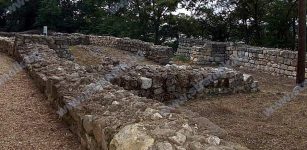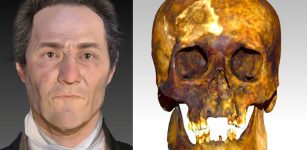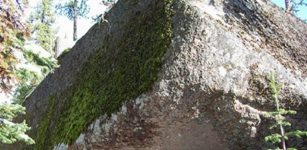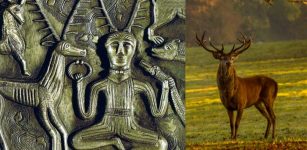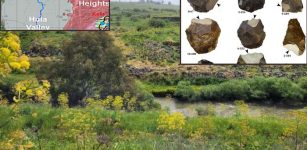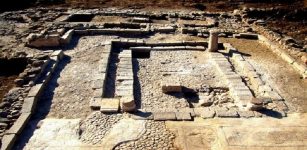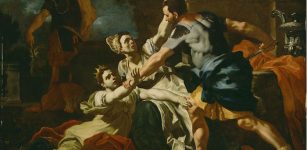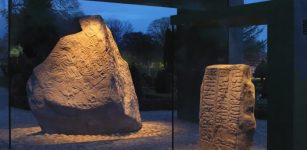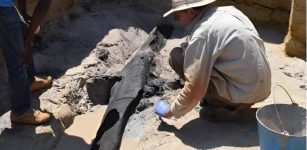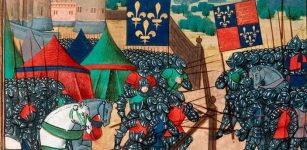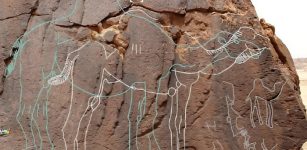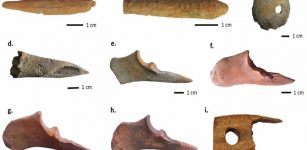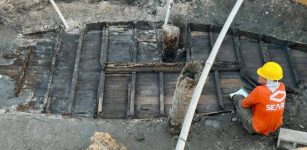Lost Laodicea Temple And Seleucid Relics – Archaeological Search Continues
Conny Waters - AncientPages.com - A new round of archaeological exploration has been commenced at the enigmatic, west-central Hamedan province with the aim of finding the Seleucid era (312 BC-63 BC) relics.
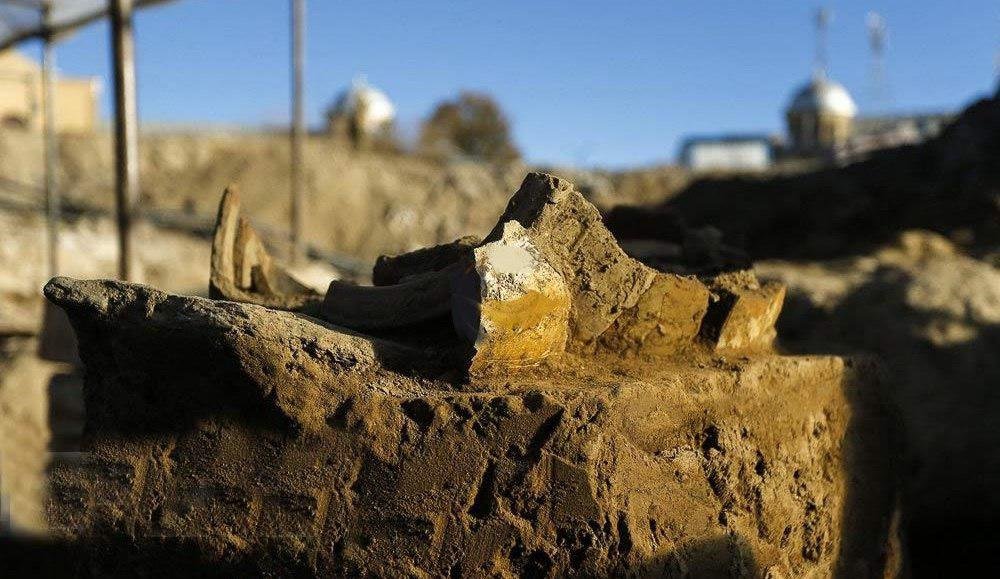 The lost Greek temple belongs to the age of Seleucids (312 BCE) and the chance to discover it in this region has grown by 90%.
The lost Greek temple belongs to the age of Seleucids (312 BCE) and the chance to discover it in this region has grown by 90%.
During previous excavations, archaeologists unearthed capital column heads, their shafts, and bases as well as striking pieces of engraved pottery.
However, there is still much to uncover according to the archaeologists who believe that the core of an ancient Greek temple is still buried beneath many residential units built by the locals on the site over the years.
In 1943, archaeologists discovered an 85x36 centimeter ancient inscription of 30 lines written in Greek calling on the people of Nahavand to obey the laws of the government.
The inscription indicated the existence of the Laodicea Temple, which had been built by the Seleucid king who ruled Asia Minor, Antiochus III the Great (223-187 BC), for his wife Queen Laodicea.
Antiochus was a Macedonian Hellenistic king who ruled over the region of Syria and large parts of the rest of western Asia towards the end of the 3rd century BC.
Two other inscriptions as well as four bronze statuettes have been unearthed at the site, which are on display in the National Museum of Iran in Tehran, writes Tehran Times. A number of capitals and bases of the temple’s columns excavated over the years are currently being used as decorations in Nahavand’s Hajian Bazaar and several other parts of the city.
 Greek inscription accidentally discovered in Nahavand in 1943.
Greek inscription accidentally discovered in Nahavand in 1943.
“The previous excavations led to the discovery of several columns, and sculptures of the Greek gods, but there were some doubts that the artifacts may have been moved from somewhere else to this place. Therefore, at this stage of exploration, we must find signs like a structure belonging to this place to prove the existence of Laodicea in this region.
"Nahavand is at least 2,300 years old, and this proves that its history goes back to the Seleucids and Parthian era, and Laodicea’s discovery here proves the city’s ancient history,” according to 2019 statement made by the chief of Cultural Heritage, Handicrafts and Tourism Department of Nahavand.
Antiochus was the most distinguished of the Seleucids. Having made vassal states out of Parthia in present-day northeastern Iran and Bactria (an ancient country in Central Asia), he warred successfully against the Egyptian king Ptolemy V and in 198 BC obtained possession of all of Palestine and Lebanon.
 Ruins of the enigmatic Laodicea Temple in the city of Nahavand. Image source
Ruins of the enigmatic Laodicea Temple in the city of Nahavand. Image source
He later became involved in a conflict with the Romans, who defeated him at Thermopylae in 191 BC and at Magnesia (now Manisa, Turkey) in 190 BC. As the price of peace, he was forced to surrender all his dominions west of the Taurus Mountains and to pay costly tribute. Antiochus, who early in his reign had restored the Seleucid Empire, finally forfeited its influence in the eastern Mediterranean by his failure to recognize the rising power of Rome.
The Seleucid Empire was a Hellenistic state ruled by the Seleucid dynasty which existed from 312 BC to 63 BC; Seleucus I Nicator founded it following the division of the Macedonian Empire vastly expanded by Alexander the Great. Seleucus received Babylonia (321 BC) and from there expanded his dominions to include much of Alexander's near-eastern territories.
At the height of its power, the Empire included central Anatolia, Persia, the Levant, Mesopotamia, and what is now Kuwait, Afghanistan, and parts of Pakistan and Turkmenistan.
Written by Conny Waters - AncientPages.com Staff Writer


